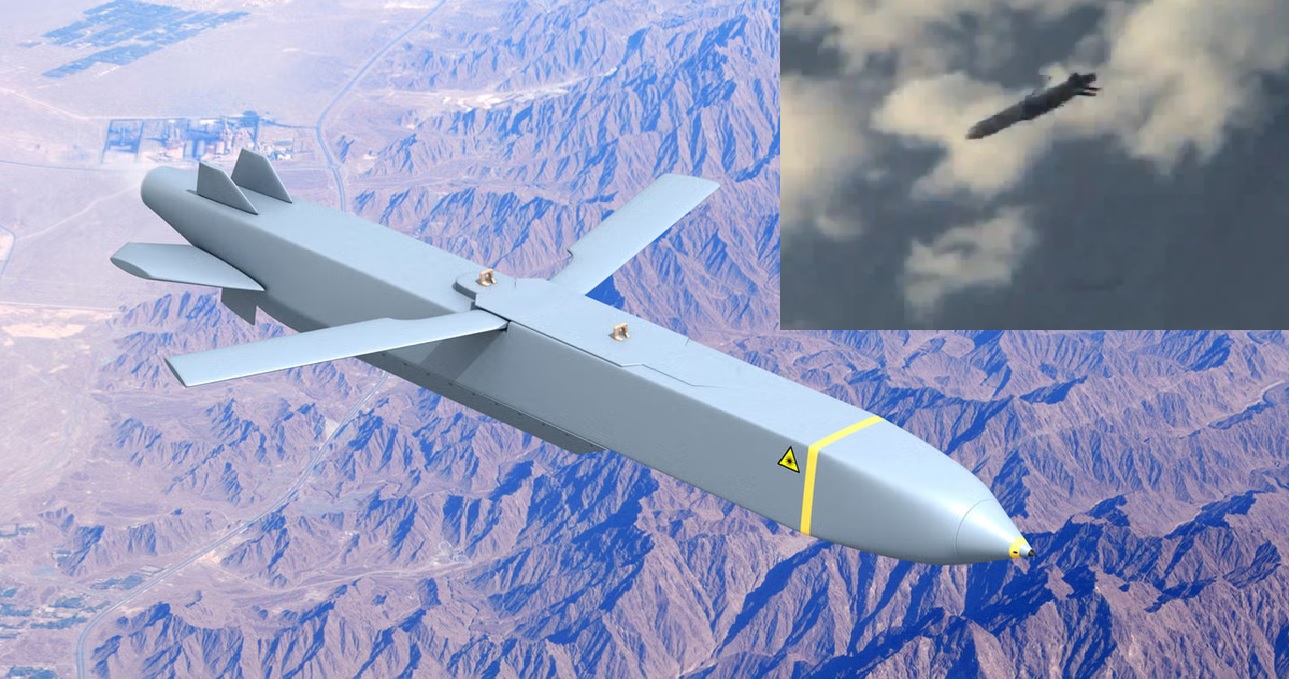Lockheed Martin Ramps Up Production of JASSM and LRASM Missiles to Strengthen U.S. Defense Capabilities

Lockheed Martin is ramping up the production of two of its most advanced long-range missile systems—the AGM-158B Joint Air-to-Surface Standoff Missile (JASSM) and the AGM-158C Long Range Anti-Ship Missile (LRASM). In a contract awarded on October 14, 2024, the defense giant announced plans to increase the production capacity of these crucial missile systems. The contract falls under the U.S. Department of Defense’s Large Lot Procurement pilot program, which aims to bolster the nation's defense posture and that of its allies by ensuring a steady and enhanced supply of critical munitions.
Lockheed Martin’s collaboration with the U.S. government on these missiles spans over two decades, delivering high-precision, long-range cruise missiles that have become essential in modern warfare. Dave Berganini, Vice President of Hypersonic and Strike Systems at Lockheed Martin Missiles and Fire Control, emphasized the importance of the contract, stating that it will enable the company to accelerate the delivery of these cutting-edge security solutions at the scale required to counter and, if necessary, defend against adversarial threats.
The JASSM and LRASM are key components of the U.S. military's arsenal, offering both air-to-surface and anti-ship capabilities. The JASSM, with its advanced stealth features, is designed for precision strikes on high-value, well-defended targets. It has an operational range of over 370 kilometers (about 230 miles), making it a versatile option for the U.S. Air Force, which can deploy it from various aircraft platforms, including the B-1B Lancer, F-16, F-15E, and the F-35 fighter jets.
On the other hand, the LRASM, which is tailored specifically for maritime combat, provides an effective deterrent against enemy naval forces. Developed in response to the increasing threat posed by hostile ships and anti-access/area-denial strategies, LRASM has a range exceeding 560 kilometers (350 miles), allowing the U.S. Navy and Air Force to strike ships from beyond their defensive range. Its autonomous targeting system and survivability features make it a formidable asset in modern naval warfare.
The increased production of these missiles is essential to meet growing global security demands. The world has seen a steady increase in tensions, particularly in regions such as the Indo-Pacific, where U.S. allies are seeking advanced defense solutions to counter potential threats. By ramping up production, Lockheed Martin aims to provide the U.S. and its allies with an enhanced capacity to respond quickly and effectively in any conflict scenario.
Lockheed Martin has already been preparing for this production surge. In 2022, the company expanded its manufacturing capabilities by adding a 225,000-square-foot intelligent factory to its existing production facilities. This new plant is equipped with advanced technology, including a fully robotic paint line and highly automated processes that ensure efficiency and precision. The facility also features factory model forecasting, allowing for more agile adjustments to meet fluctuating demands. This investment is critical in enabling the faster delivery of the JASSM and LRASM missiles.
Both missile systems play a pivotal role in deterring adversaries through their lethal capabilities and long-range precision. The JASSM, particularly in its extended-range (JASSM-ER) variant, can reach over 925 kilometers (575 miles), providing the U.S. Air Force with a stand-off weapon that can neutralize high-value targets without exposing pilots to enemy air defenses. Similarly, the LRASM's stealthy design and sophisticated onboard sensors allow it to operate in highly contested environments, making it ideal for countering heavily defended maritime targets.
The ongoing expansion in production is not just about meeting current demands; it is a forward-looking measure aimed at strengthening the defense industrial base. Lockheed Martin’s partnership with the U.S. government ensures that production lines can be rapidly scaled, providing the flexibility needed to respond to any future conflicts or crises.
In summary, the ramp-up in JASSM and LRASM production marks a significant step in reinforcing the United States’ military capabilities. As global tensions rise, Lockheed Martin’s investment in advanced manufacturing processes and its commitment to delivering critical munitions ensures that the U.S. and its allies are well-equipped to deter and, if necessary, defend against any emerging threats. This move highlights the ongoing importance of multi-year procurement programs that provide stability and resilience to the defense industry, ensuring that America remains prepared for the challenges ahead.


